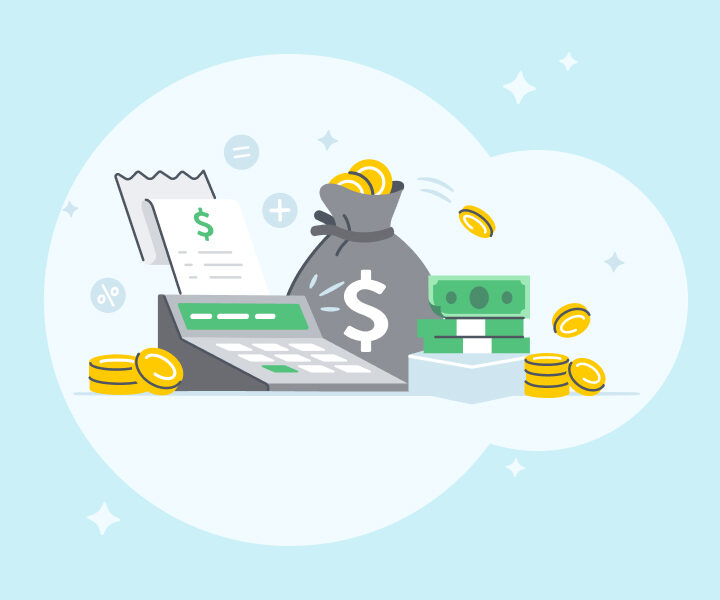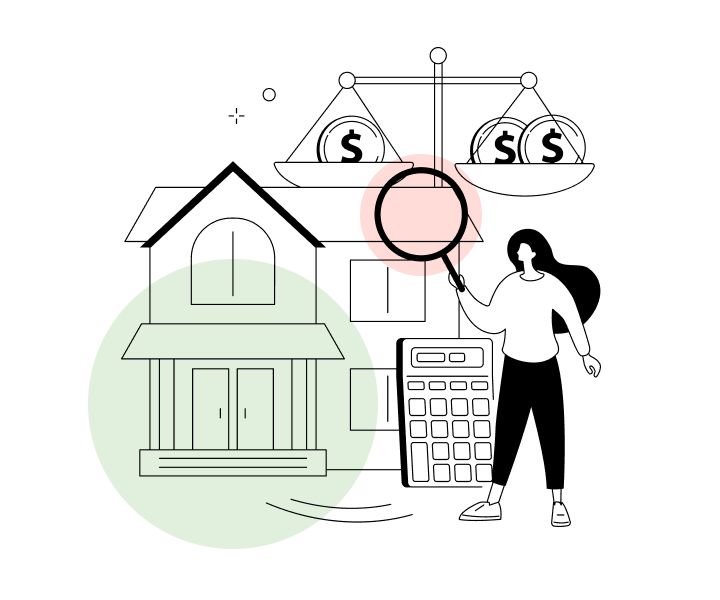How Do You File Contract Payments?
TurboTax Canada
August 3, 2023 | 5 Min Read
Updated for tax year 2024

Picture this: You’re an independent contractor in Canada, living the freelance dream. You set your own hours, choose the projects you want to work on, and answer to no one but yourself. But then tax season rolls around, and suddenly you’re lost in a maze of forms and regulations. Sound familiar?
Don’t worry—we’ve got your back. We’re here to break down the ins and outs of independent contractor taxes in Canada, without all the jargon and confusion.
Ready to dive in? Let’s get started!
Key Takeaways
- As an independent contractor, you control your fees, your work hours, and how you work.
- Because you’re self-employed, you’re responsible for managing your own taxes.
- The T2125 tax form is a must for reporting your income and expenses as an independent contractor.
Who is an independent contractor in Canada?
Step into the shoes of an independent contractor and you’ll find yourself in a world of freedom and flexibility. Independent contractors are self-employed individuals who offer their services to clients on their own terms.
As an independent contractor, you can:
- set your own fees
- choose your own work hours
- hire an assistant or a subcontractor (if you want)
You could say, you’re the CEO of your own small business! And—just like a CEO—being an independent contractor means you’re responsible for staying on top of your business’s taxes.
Employee vs. independent contractor
Trying to figure out if you’re an employee? It can get complicated sometimes. When the lines get blurry, courts and tribunals use common-law tests to clear things up. These tests look at various factors, including:
- Control. Who’s calling the shots? An independent contractor sets their own hours and decides how to do their work, while an employee follows their employer’s instructions.
- Ownership of tools. Who’s got the hardware or equipment? An independent contractor typically uses their own tools or equipment, while an employee will use equipment provided by their employer.
- Risk of loss. Who’s shouldering the risk? An independent contractor takes on the risk that they might make a loss (especially if they’ve invested in equipment or other business expenses) while an employee doesn’t bear this risk, since they receive a consistent income from their employer.
How are independent contractors taxed in Canada?
Paying independent contractor taxes in Canada isn’t quite the same as paying taxes as an employee. It’s different in that it’s a bit more hands-on—but it’s all part of the freedom of being a contractor.
Here’s the scoop:
- Self-managed taxes. As an independent contractor, you’re the boss of your own taxes. This means there’s no employer to withhold taxes for you.
- The T2125 form. You’ll want to become good friends with the T2125 tax form: It’s the form you’ll use to report your business income and expenses.
- Business expenses. Speaking of expenses, as an independent contractor you can claim any expenses related to running your business. Think: office supplies, travel costs—even a portion of your home expenses (if you work from home).
- GST/HST registration. Making more than $30,000 a year? You’ll need to register for a GST/HST account. So if you’re close to this threshold, keep an eye on your earnings!
Understanding T4A and T2125 forms
Now that we’ve got the basics down, we’ll examine the nitty-gritty of tax forms for independent contractors. You might be wondering about T4, T4A, and T2125 forms: Do they apply to you? Let’s unravel this tax mystery together.
Do I get a T4 as an independent contractor?
If you’ve ever been employed in Canada, you will have received a T4 form for each tax year you were employed. So, will you get a T4 as an independent contractor?
The answer is no. Here’s why: The T4 is a Statement of Remuneration that employers give to employees to report their income when tax time rolls around. And you’re not an employee.
What are independent contractor tax forms T4A and T2125?
As an independent contractor, you’re running your own show—which means that, instead of a T4, you’ll be using the following independent contractor tax forms:
- T4A—Statement of Pension, Retirement, Annuity, and Other Income. Your clients may send you a T4A, which has sections for self-employed commissions (box 20) and fees for services (box 48). You can use any T4As you receive to help you fill out your T2125.
- T2125—Statement of Business Activities. Form T2125 is what you’ll use to report your business income and expenses.
Here’s how it works:
- Report your earnings. The form has a section for you to report all your earnings as an independent contractor.
- Deduct your expenses. You’ll be able to deduct any costs related to your business in the expenses section.
- Calculate your net business income. After you deduct your business expenses from your earnings, you’re left with your net business income.
Are there any independent contractor tax deductions?
One of the perks of being an independent contractor is the ability to claim your business-related expenses. Here’s a quick overview of some of the expenses you may be able to deduct:
- Home-office expenses. Deduct a portion of your home expenses (for example, utilities and home insurance) if you work from home.
- Travel costs. If you use your car for business, you can claim a portion of your automobile expenses (for example, gas and car insurance).
- Professional services. Fees for legal and accounting services (for example, TurboTax’s full tax preparation service) are deductible.
- Office supplies. Deduct the cost of any supplies needed for running your business (for example, printer paper).
- Marketing and advertising. Costs for advertising and promoting your business (for example, web-hosting services) can be deducted.
What is the Contract Payment Reporting System?
Contract payments, statement of contract payments—do either of these apply to your tax situation as an independent contractor?
In a nutshell, the Contract Payment Reporting System is a set of construction subcontractor tax rules that apply mainly to those in the construction industry. So, unless you spend your workdays swinging a hammer or laying bricks, these rules probably won’t affect you.
How do independent contractors pay taxes in Canada?
Your self-employed tax situation, covered
Whether you’re a freelancer, side-gigger, independent contractor, or just have multiple sources of income, TurboTax can handle your return.
Get StartedRelated articles

© 1997-2024 Intuit, Inc. All rights reserved. Intuit, QuickBooks, QB, TurboTax, Profile, and Mint are registered trademarks of Intuit Inc. Terms and conditions, features, support, pricing, and service options subject to change without notice.
Copyright © Intuit Canada ULC, 2024. All rights reserved.
The views expressed on this site are intended to provide generalized financial information designed to educate a broad segment of the public; it does not give personalized tax, investment, legal, or other business and professional advice. Before taking any action, you should always seek the assistance of a professional who knows your particular situation for advice on taxes, your investments, the law, or any other business and professional matters that affect you and/or your business.









